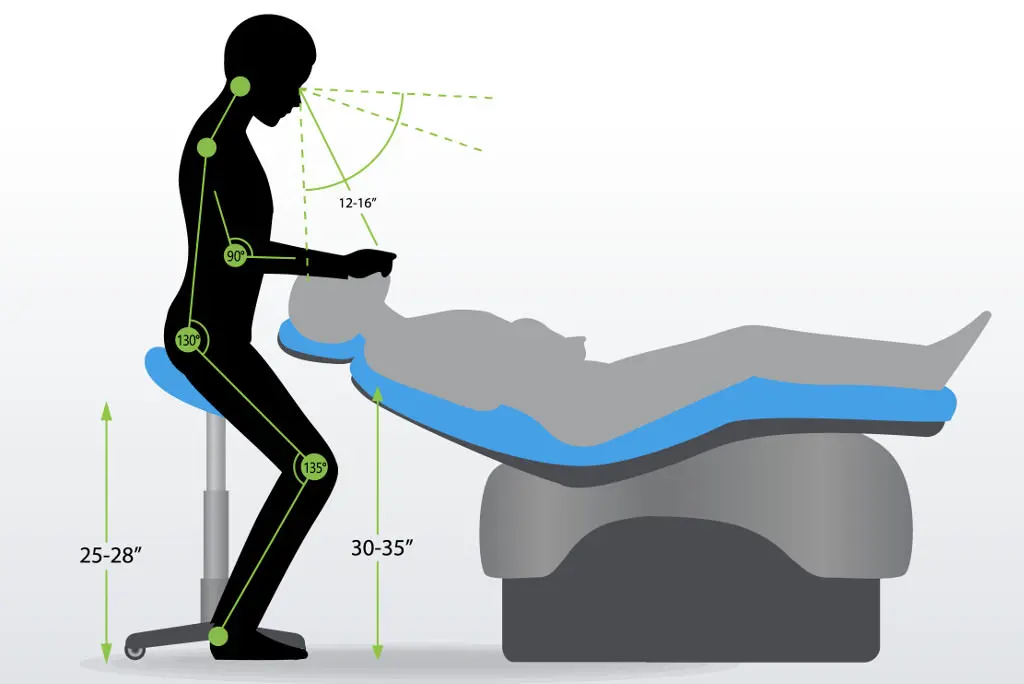Here is a familiar scenario playing out more and more often in dental practices. A young doctor purchases a selling doctor’s practice for $750,000 and becomes the sole owner. Yet the senior doctor is not ready to leave. The new doctor agrees to have him stay because he feels the selling doctor will represent continuity and will be a solid mentor for his business and clinical skills. Actually, the broker encouraged this. The new owner has $400,000 in student debt. He has purchased the practice and is now the 100% owner of the dental practice. As the owner, he pays all the bills, pays the practice loan, and is accountable for payroll and the team’s benefits.
The new owner chooses to keep the team because he wants to avoid patients having to undergo even more change. He sees himself as the leader, but the team is loyal to the seller, and transferring loyalty is not easy. Staff members go to the seller with problems, concerns, and new ideas, which he wisely deflects because he is now a pseudo-leader. As a result, the team does not receive necessary leadership, and they unconsciously slink to the lowest common denominator, which is doing just enough to get by. Where is the vision and who is the leader, they wonder?
After a few months, the young buyer feels a growing financial concern. The practice net prior to selling was $400,000, and the selling doctor is on track to net $300,000 this year, leaving the purchaser with $100,000. Yet the practice is not producing enough to pay the bills. The large cases continue with the senior doctor, and the purchasing doctor somehow ends up with the small treatments. Might this be because of the loyal scheduler?
The major problem here is that the buyer has all the responsibility but none of the authority to make changes and lead the team. By allowing the selling doctor to continue with no covenant not to compete, no departure date in mind, no limit on production, and no budget for his most expensive employee, the buying doctor is in a real pickle, which will only grow worse.
Upon purchasing a practice, the buyer must immediately determine a financial plan for the practice. Can he afford to have a very expensive employee in a one-doctor practice? Is the practice turning people away? Can one doctor accomplish all the work?
This is a leadership decision and a numbers game. The buyer needs to step up and become the leader of the practice. The seller may be thinking he can stay on indefinitely to treat “his” patients. He made a big mistake not being financially and emotionally prepared to end his practice days. The new leader needs to let the selling doctor go. The selling doctor’s failure to plan well should not create a hardship for the buyer. Also, the buyer needs to be clear that patient records are now in his hands. He needs to change the locks and not give the selling doctor a key. This sounds harsh, but the new doctor needs to survive.
In the first days of owning the practice, a buyer will greatly benefit from a business advisor and a dental business coach. In a transition, keeping staff is not mandatory. Allowing a selling doctor to stay and do the large cases can be a huge mistake. There is finite net in a one doctor practice, and the new doctor purchases the net.
For a practice purchase to succeed, the new leader must set the vision and tone. He or she must have the authority to be a successful leader. Unless a seller is emotionally and financially ready to retire, then maybe he or she is not ready to sell. But if the buyer chooses to allow the seller to stay, he or she must budget a salary for this position, not a percentage of production or collection.
We can all learn from these mistakes. In our book from Blatchford Solutions, “No Nonsense Transitions,” we share numerous situations where leadership and good business decisions are missing. We want to help create a win-win situation in a transition, which means both parties should reach their goals.












